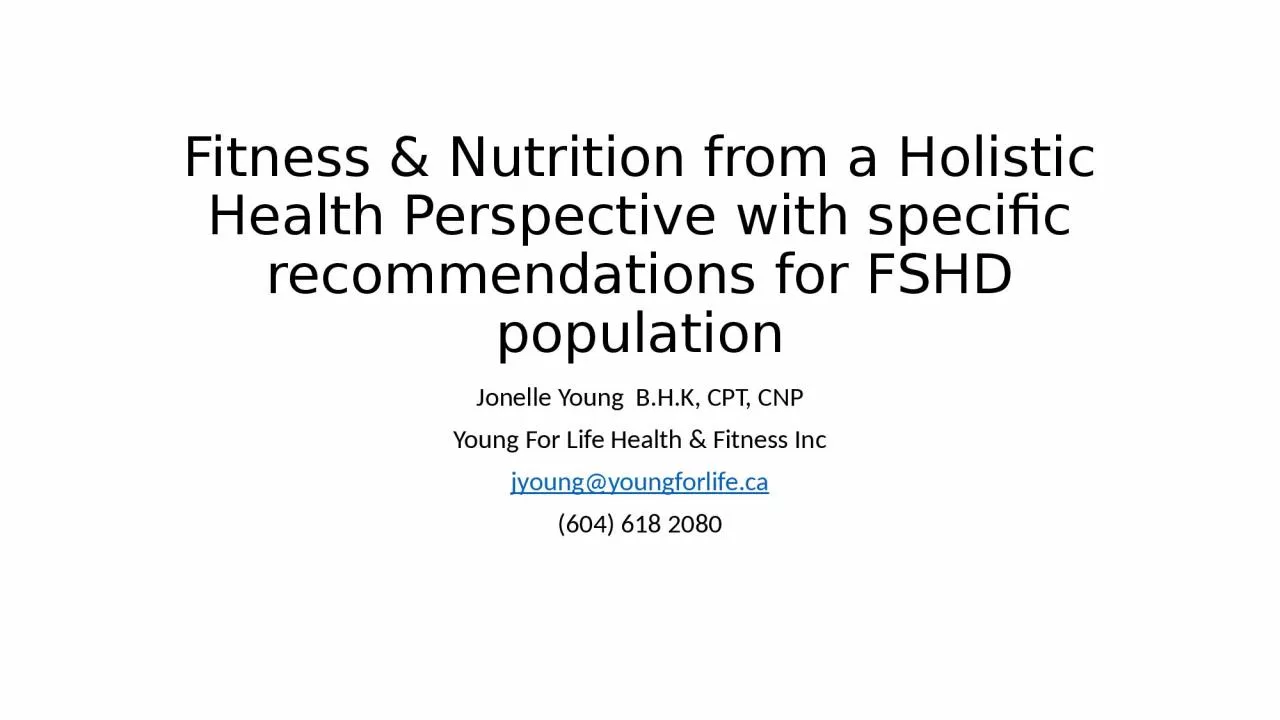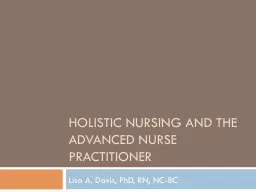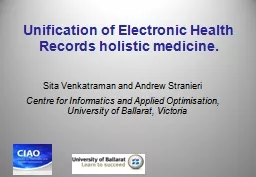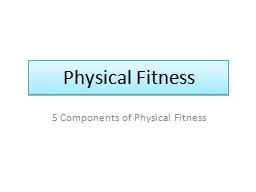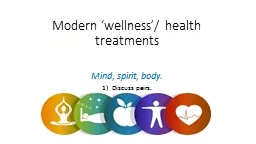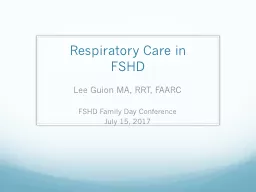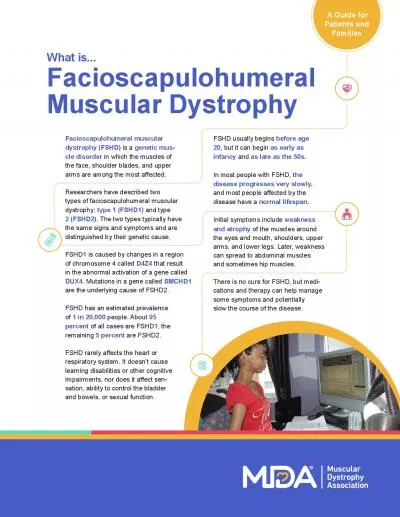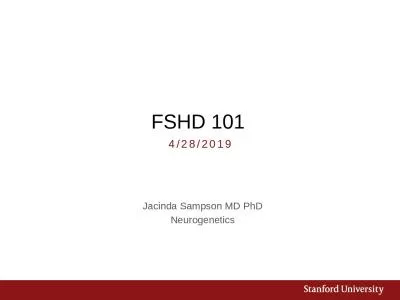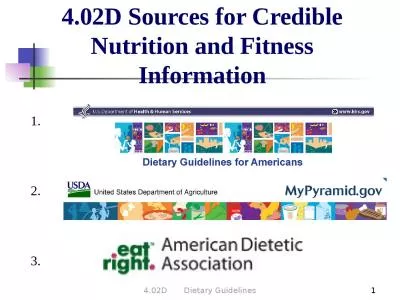PPT-Fitness & Nutrition from a Holistic Health Perspective with specific recommendations
Author : lam | Published Date : 2023-07-22
Jonelle Young BHK CPT CNP Young For Life Health amp Fitness Inc jyoungyoungforlifeca 604 618 2080 Young For Life credentials and Affiliates University of British
Presentation Embed Code
Download Presentation
Download Presentation The PPT/PDF document "Fitness & Nutrition from a Holistic ..." is the property of its rightful owner. Permission is granted to download and print the materials on this website for personal, non-commercial use only, and to display it on your personal computer provided you do not modify the materials and that you retain all copyright notices contained in the materials. By downloading content from our website, you accept the terms of this agreement.
Fitness & Nutrition from a Holistic Health Perspective with specific recommendations: Transcript
Download Rules Of Document
"Fitness & Nutrition from a Holistic Health Perspective with specific recommendations"The content belongs to its owner. You may download and print it for personal use, without modification, and keep all copyright notices. By downloading, you agree to these terms.
Related Documents

